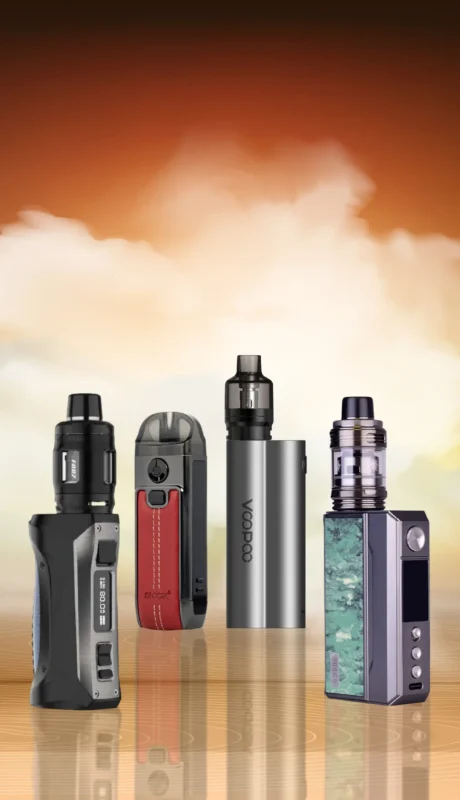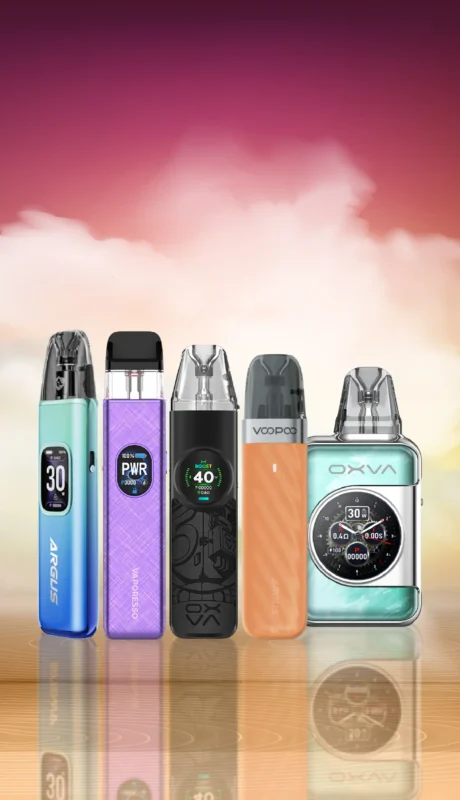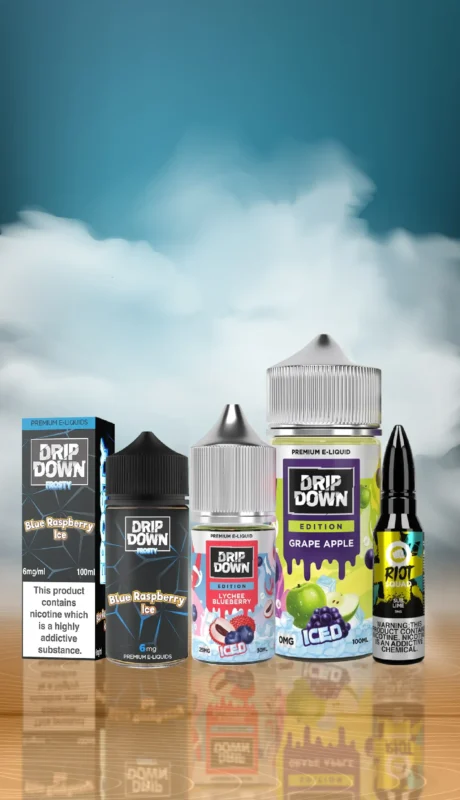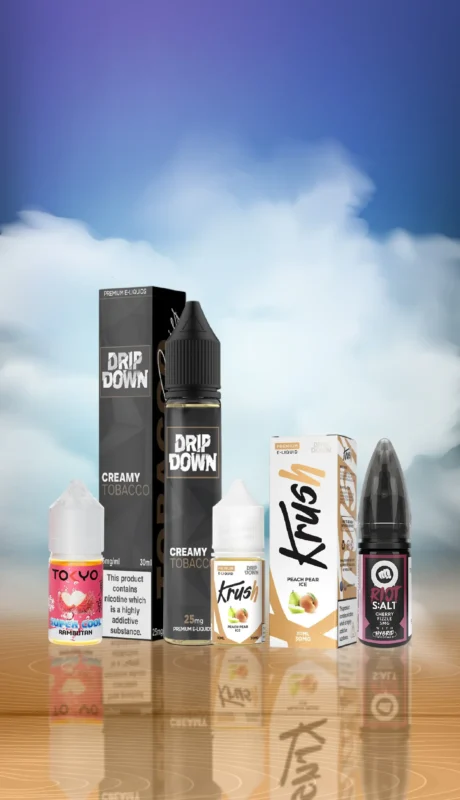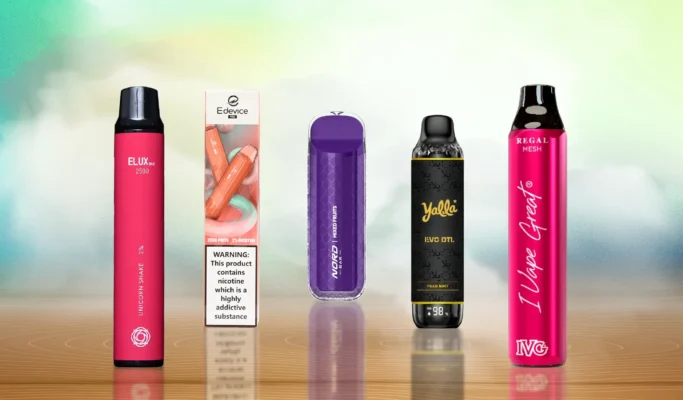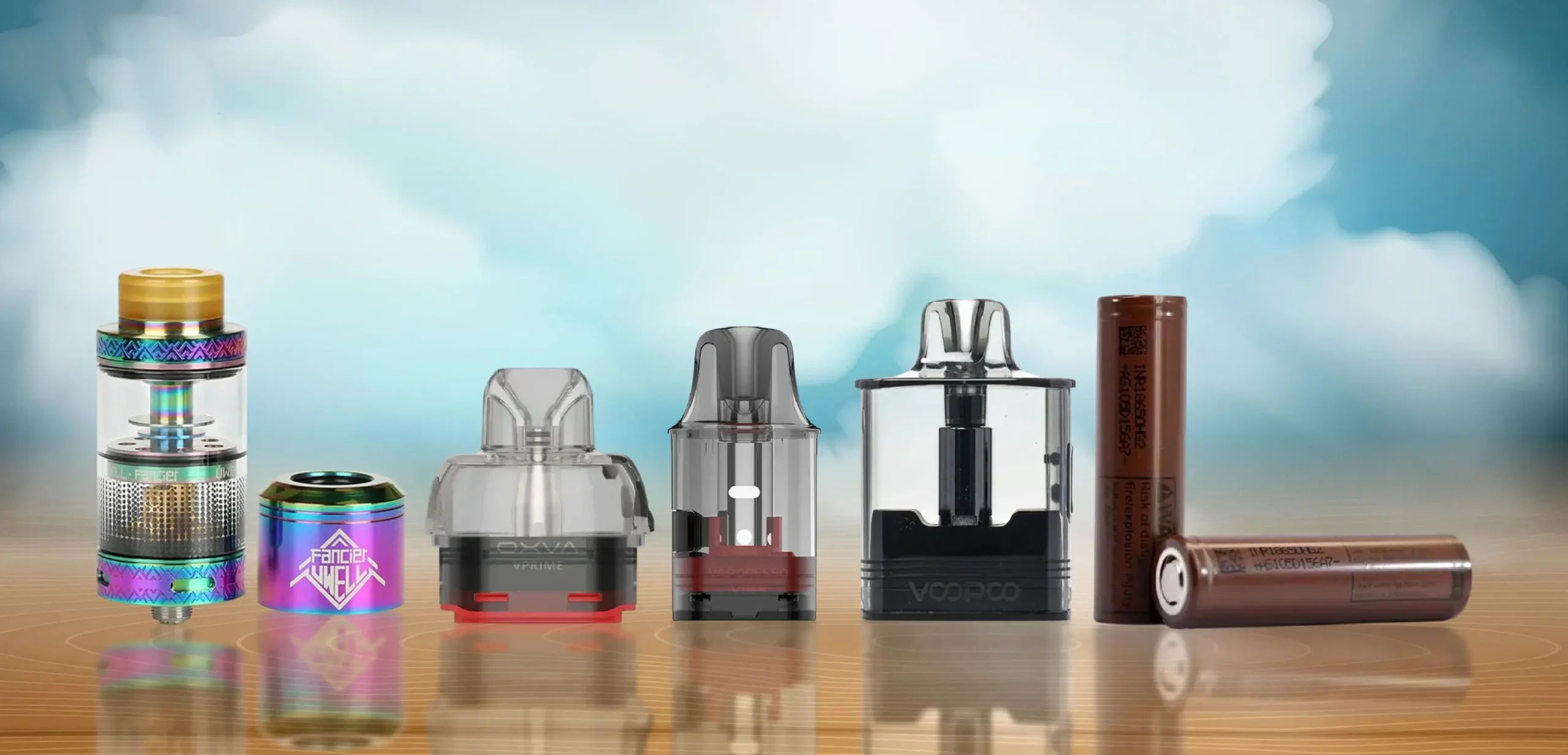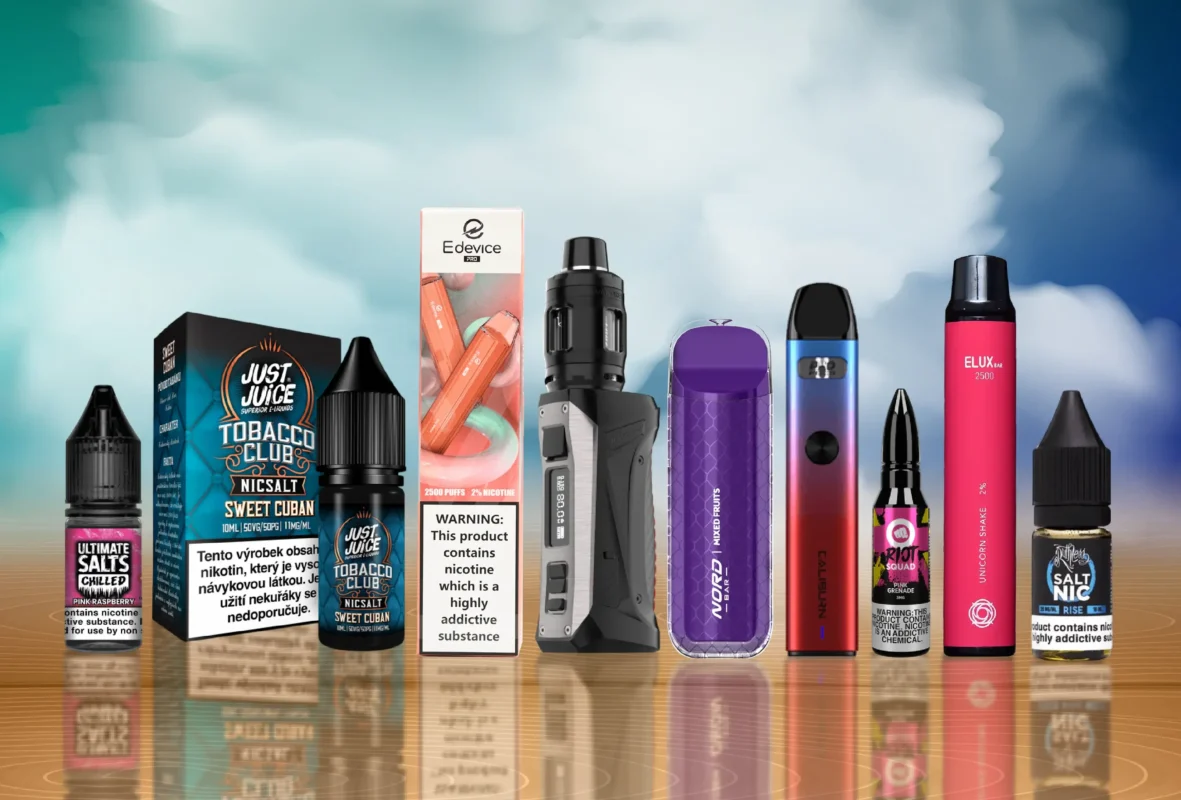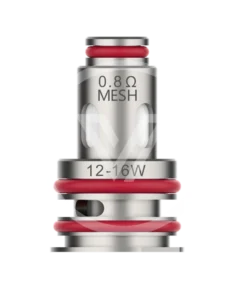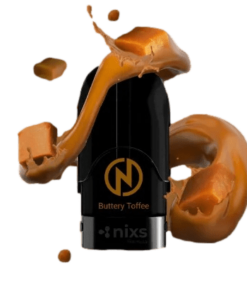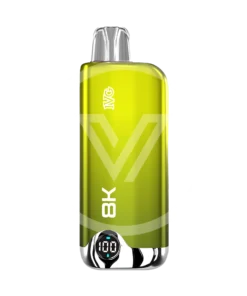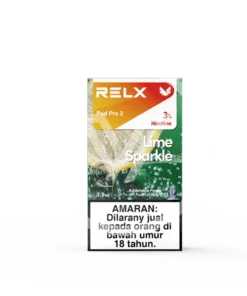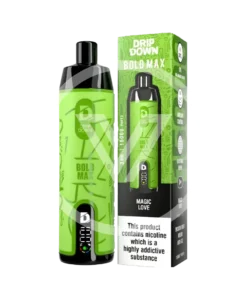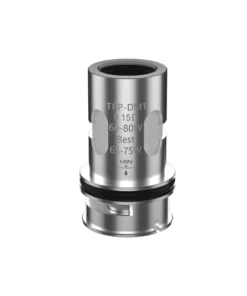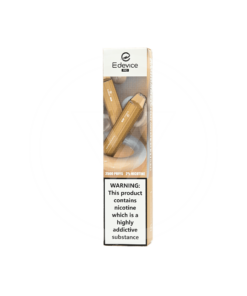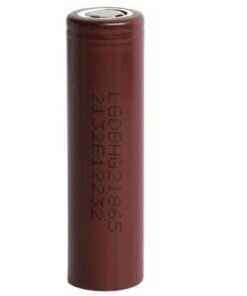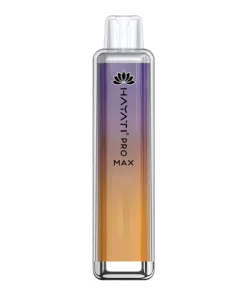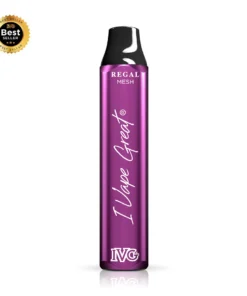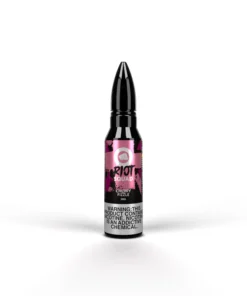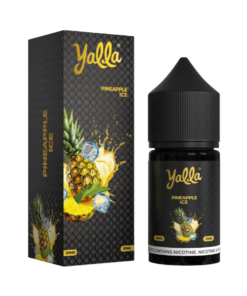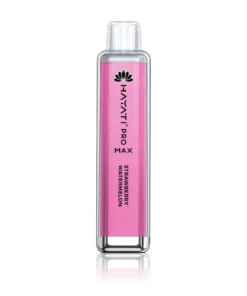Subtotal:
₨ 34,971
Sheesha vs. Vape: What's the Difference?

In recent years, the use of shisha (also known as hookah or waterpipe) and vapes (or e-cigarettes) has become increasingly popular, especially among younger adults. Although both are commonly used for recreational purposes, they differ greatly in terms of design, operation, and health effects. Knowing these differences can assist users in making informed choices about their use.
What is Shisha?
Shesha, traditionally known as hookah, has been used for centuries and originated in the Middle East and South Asia. It consists of a water basin, a bowl, a hose, and a mouthpiece. Shesha uses charcoal to heat flavored tobacco, known as shisha, which then passes through water before inhaling. The water cools and filters the smoke, which is often mistakenly believed to reduce its harmful effects.
Key Characteristics of Shesha:
- Components: Includes a water basin, hose, bowl, and mouthpiece.
- Operation: Uses charcoal to heat shisha.
- Use: Typically smoked in social settings.
- Duration: Sessions can last an hour or more.
What is Vaping?
Vaping uses electronic cigarettes (e-cigarettes) or vaporizers, which have a battery-powered heating element to vaporize a liquid (e-liquid or vape juice). This liquid usually contains nicotine, flavorings, and other chemicals. Unlike shisha, vaping doesn’t involve combustion, which means it doesn’t produce smoke but rather an aerosol or vapor.
Key Characteristics of Vaping:
- Components: It includes a battery, a heating element (coil), and an e-liquid tank or cartridge.
- Operation: Uses battery power to heat and vaporize e-liquid.
- Use: Can be used individually or socially.
- Duration: Shorter sessions, often a few minutes at a time.
Health Implications
Shesha
- Smoke Exposure: Even with water filtration, shisha smoke contains harmful substances, including carbon monoxide, heavy metals, and carcinogens.
- Toxicity: Long sessions lead to prolonged exposure to these toxins, increasing health risks.
- Infectious Diseases: Sharing mouthpieces can spread infections.
Vaping
- Nicotine Addiction: E-liquids often contain nicotine, which is somehow addictive.
- Chemical Exposure: Users are exposed to various chemicals, some of which may have unknown long-term health effects.
- Less Combustion: Lack of combustion reduces exposure to certain toxins compared to traditional cigarettes and shisha.
Social and Cultural Aspects
Shesha smoking is often a social activity, enjoyed in groups at cafes or lounges. It has cultural significance in many communities. Vaping, on the other hand, is more individualized, although it can also be a social activity. Vapes are portable and discreet, making them more convenient for solo use.
Read: 10 Best Vape Stores in Pakistan
FAQs Shisha vs. Vape: What’s the Difference
Q: Is vaping safer than smoking shisha?
A: Vaping generally exposes users to fewer harmful chemicals compared to shisha smoking because it doesn’t involve combustion. However, it is not entirely risk-free due to the presence of nicotine and other chemicals in the vapor.
Q: Does shisha contain more nicotine than vapes?
A: The nicotine content in shisha smoke can vary widely, but a single session can deliver more nicotine compared to vaping due to the prolonged duration of use. Vapes allow users to control nicotine intake more precisely.
Q: Can vaping help you quit smoking traditional cigarettes or shisha?
A: Yes, vaping can help you quit smoking traditional cigarettes or shisha. Many people use e-cigarettes as a tool to transition away from combustible tobacco products. Vaping provides a similar sensation and nicotine delivery, which can help reduce withdrawal symptoms and cravings. However, it’s essential to use vaping as part of a comprehensive quit plan and to consult with healthcare professionals for the best results.
Q: What are the long-term health effects of vaping and shisha?
A: The long-term health effects of both practices are still under investigation. Shisha smoking is known to elevate the risk of several diseases, including respiratory and cardiovascular conditions. Vaping’s long-term impacts are less clear but may include respiratory and cardiovascular issues.
Q: Are there any age restrictions for vaping and shisha?
A: Yes, both vaping and shisha use are typically restricted by law to individuals over the age of 18 or 21, depending on the country or region.
Understanding the differences between shisha and vaping can help users make more informed decisions about their health and recreational activities. Both practices have their risks and should be approached with caution.
You can live a healthy life without any of these habits. But if you’re going to try one, vaping is the way to go. It helps curb your cravings for smoking or shisha and is better for the environment. Plus, with all the fruity flavors, it’s less embarrassing in public or around family.

